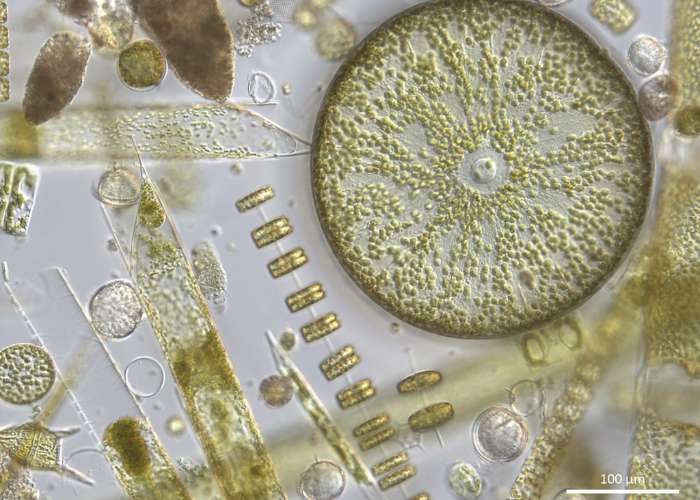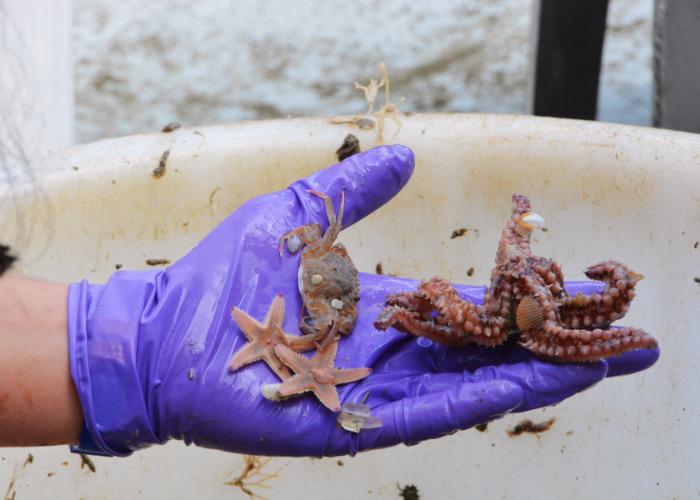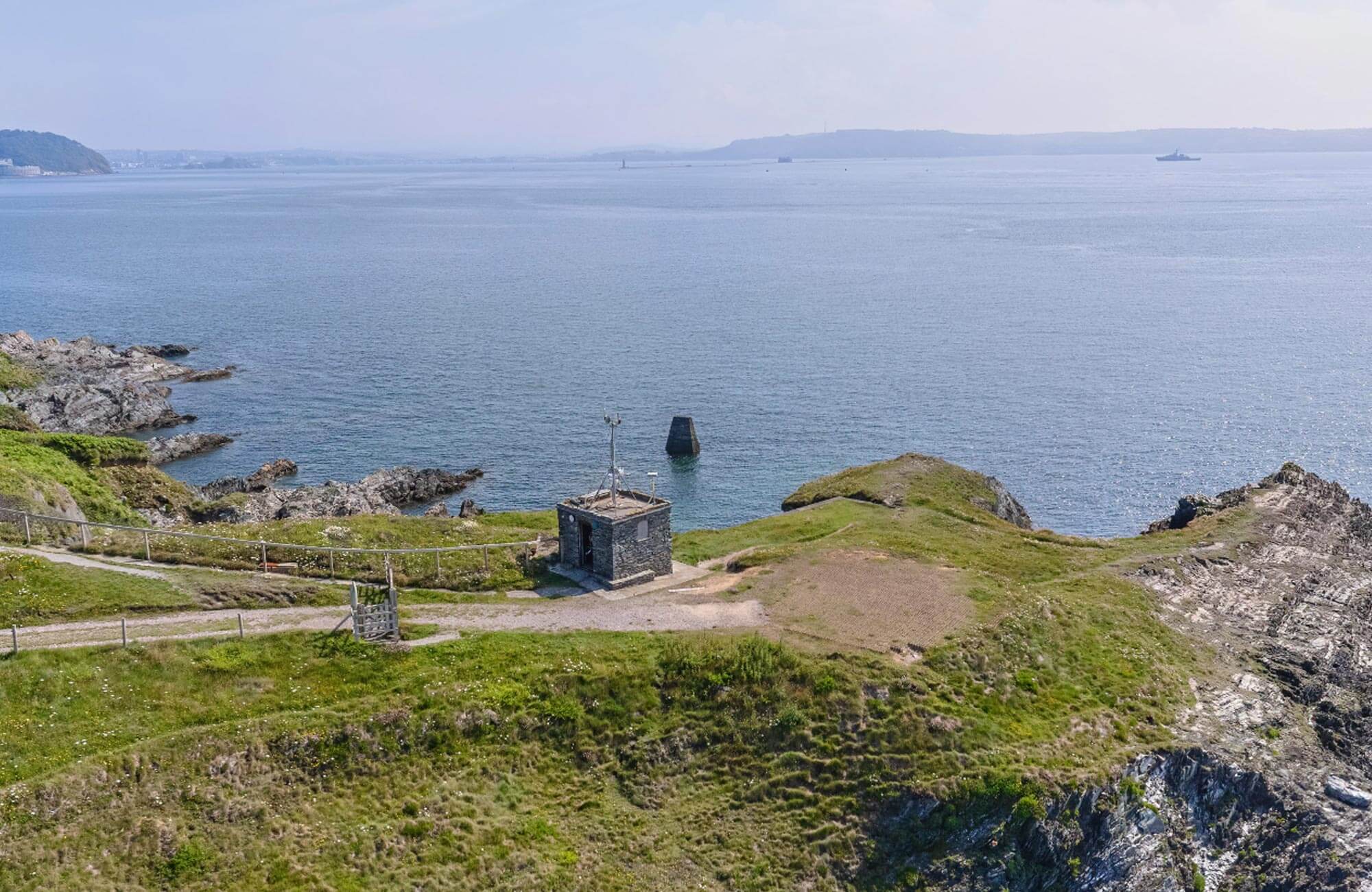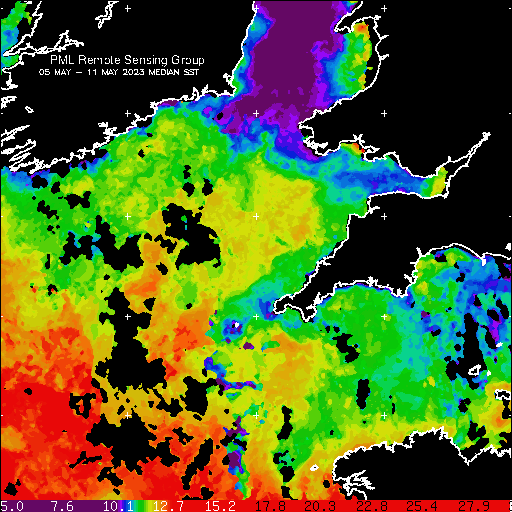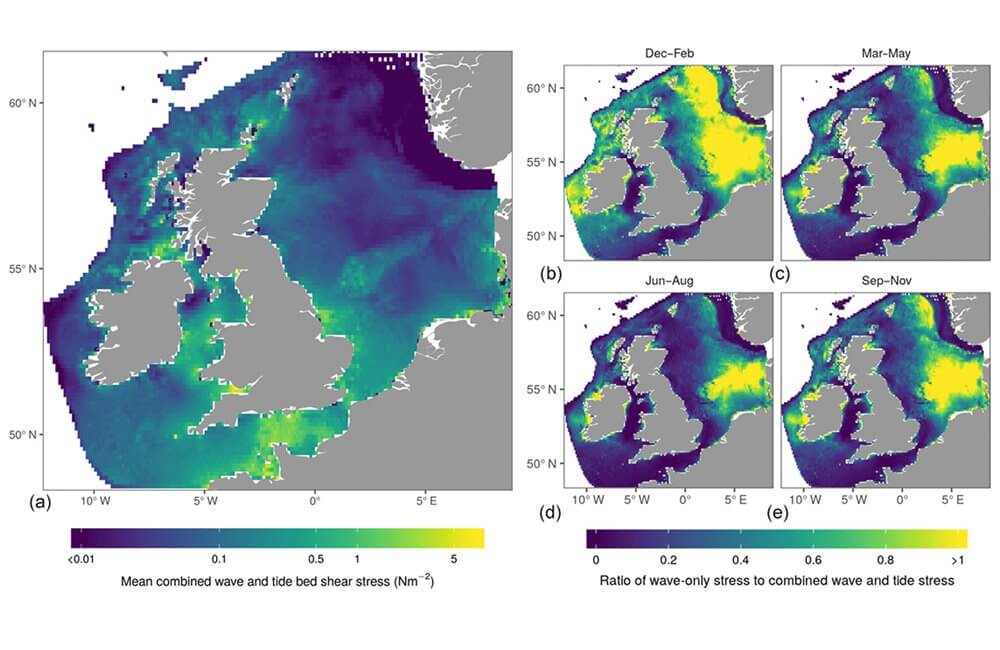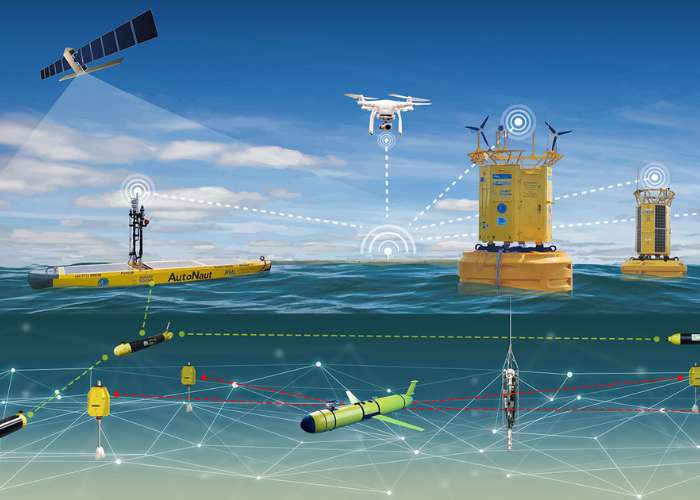Western Channel Observatory
An oceanographic time-series and marine biodiversity reference site in the Western English Channel.
What is the Western Channel Observatory?
The Western Channel Observatory (WCO) is an oceanographic time-series and marine biodiversity reference site in the Western English Channel. In situ measurements are undertaken weekly at coastal station L4 and fortnightly at open shelf station E1 using the research vessels of the Plymouth Marine Laboratory and the Marine Biological Association. These measurements are complemented by PML's recognised excellence in ecosystem modelling and satellite remote sensing science. By integrating these different observational disciplines we can begin to disentangle the complexity of the marine ecosystem.
Learn more about WCO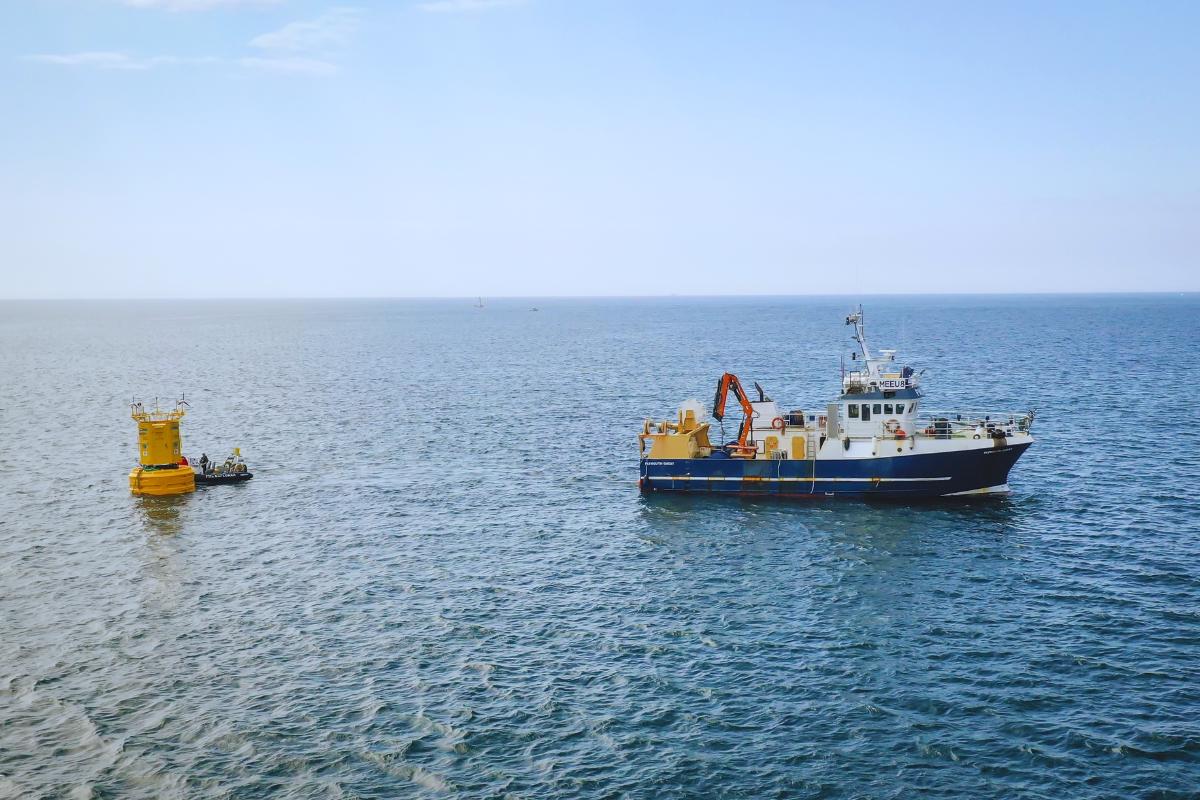

From photons to fish, from seconds to centuries ...
The WCO measures several key parameters important to the functioning of the marine ecosystem such as light, temperature, salinity and nutrients. Station L4 has some of the longest time-series in the world for zooplankton and phytoplankton, and fish trawls have been made by the MBA for a century.
View WCO dataThe forefront of marine research and monitoring
The Western Channel Observatory has been at the forefront of marine research and monitoring in the western English Channel for several decades. Its publications represent a wealth of knowledge and insights into the region's marine ecosystem. These publications not only contribute to the scientific understanding of the English Channel's unique marine environment but also provide valuable information for policymakers, conservationists, and stakeholders involved in the sustainable management of this vital coastal area.
View publications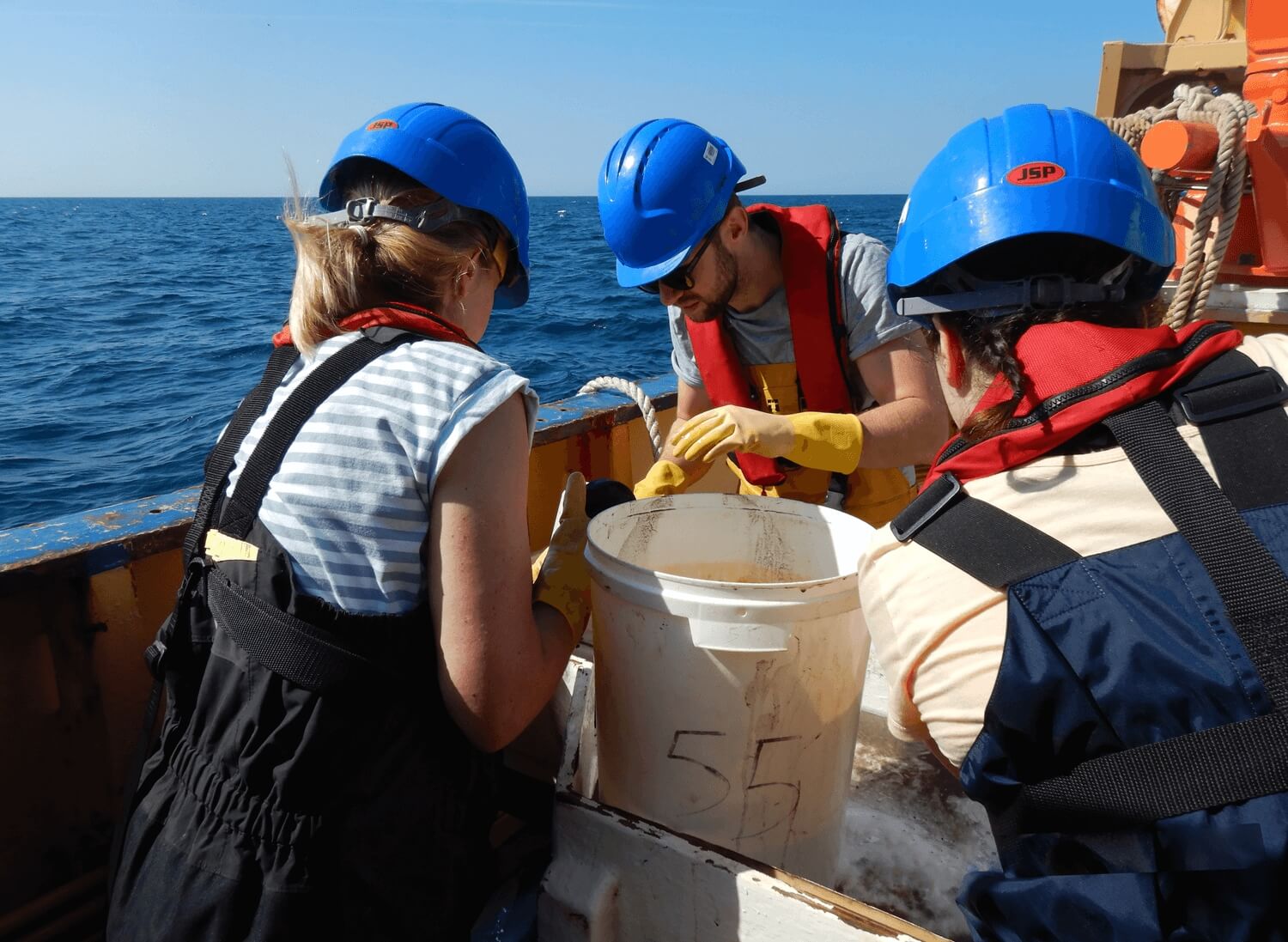
A century of data
The team have released a century of physical, chemical and biological data from the Western English Channel in a brand new, easy-to-access format.
View data Western Channel Observatory
Western Channel Observatory
